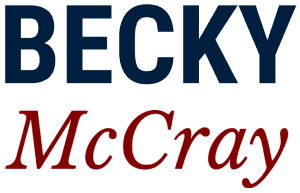The 1860s called; they want your old school committee structure back
Our current way of working together is what’s killing our efforts.
The way we work together in formal committee structures assumes we’re all together on a train. All the influence is up front with the engineers, and everyone else is more or less along for the ride. That’s the way organizations have worked for a long time.
But what if everyone gets bicycles! and cars! and jetpacks! Wow! Imagine where we can go and how fast and how independent we are now! With that much change, you know the formal structure is going to push back.
“We have these new tools, yes,” they’ll say, “but we’re going to keep using the way of traveling together that our most experienced people are comfortable with. You can bring your new tools, but we’re all going to stay on the rails together. The engineers will still be in charge of steering and braking for everyone. It’s safer this way. We’ll all be pulling together. We are less likely to fail.”
That’s what our current formal organizations are starting to feel like. A drag on our efforts. Too slow to match the tools we have available. Too obsessed with keeping everyone pulling in the same direction when new directions and whole new dimensions are open to us.
We invented the formal organization and committee system a long time ago to work with the communications tools we had at the time. Organizations and committees took advantage of new inventions like typewriters and the telegraph to help people do more by working together in this new way. (1840s=Telegraph. 1860s=Typewriter. 1870s=Robert’s Rules of Order. Coincidence? I think not.)
Formal organizations and their traditional organizational chart structure (another 1850s innovation) also helped manage risk. Carrying out an idea took a long slow process. That would weed out most of the bad ideas and reduce the risk of the whole group failing together.
Now we are carrying communications abilities that put the telegraph and typewriter to shame. We can quickly broadcast to a crowd, easily communicate back and forth in groups, and instantly connect with individuals. At all times.
With all this amazing new ability, we’re still using the old way of working together. We’re letting the old formal structure keep us doing things the old way, stifling new ideas.
We have a new way to reduce risk: now individuals and unorganized groups can run quick informal tests and trials that tell us right away whether an idea is any good.
We’re going to have to adopt a new way of working together if we want to take advantage of our new abilities.
If committees and organizations were the right way of working together in the typewriter age, what are the right ways of working together in the digital age?
The answer is to become Idea Friendly. We use the Idea Friendly Method to work together in new ways.
I gave you a preview of that a couple of weeks ago, when we talked about the many paths up the same hill.
Get out there and test an idea today. You don’t need permission from anyone. Post your idea on Instagram and see who likes it. Like and comment on someone else’s idea for your town. Message three friends and invite them to have a picnic lunch downtown on Friday and talk crazy about the future of your community.
Keep shaping the future of your town,
Becky
PS – “Our downtown is dead” was the #1 top answer on our Survey of Rural Challenges, twice. That’s why Deb and I are doing a 2-part webinar on Reviving Your Dead Downtown. The recorded lesson is available now for US$20.
